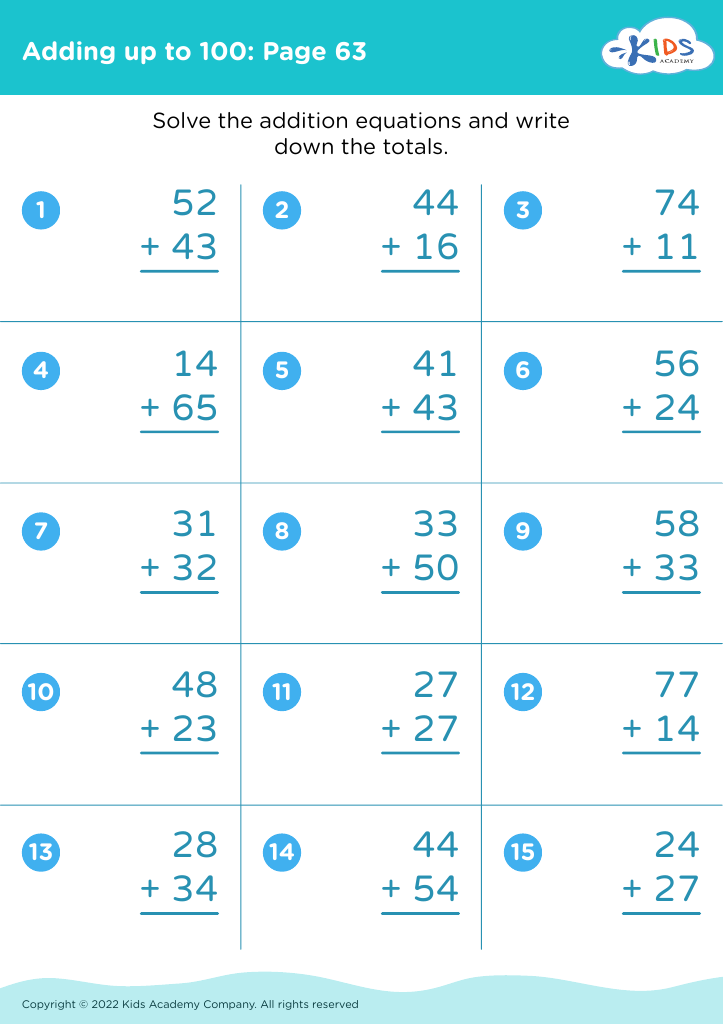Identifying symmetry Worksheets for Kids
1 filtered results
-
From - To
Question/Answer
How to test a Grade 2 student’s Identifying symmetry skills?
To test a Grade 2 student's identifying symmetry skills, you can provide them with various shapes or images and ask them to determine whether each one is symmetrical or not. Additionally, you might ask them to draw a line of symmetry on those that are symmetrical.
What does the Identifying symmetry skill mean when it comes to Grade 2 Adding up to 100 Misc learning?
The Identifying symmetry skill in the context of Grade 2 Adding up to 100 Misc learning likely refers to recognizing balanced and mirrored shapes or patterns within numbers or equations. This skill can help students see relationships and patterns in numbers, facilitating their understanding of addition up to 100 by recognizing equal parts or symmetrical patterns in number arrangements.
Why is the Identifying symmetry skill important for Grade 2 students?
The Identifying symmetry skill is important for Grade 2 students because it lays the foundational understanding of geometric concepts, enhances spatial awareness, and improves problem-solving skills. Recognizing symmetry helps students grasp patterns, shapes, and relationships between objects in their environment, which is crucial for their overall mathematical development and readiness for more complex mathematical concepts in future grades.













